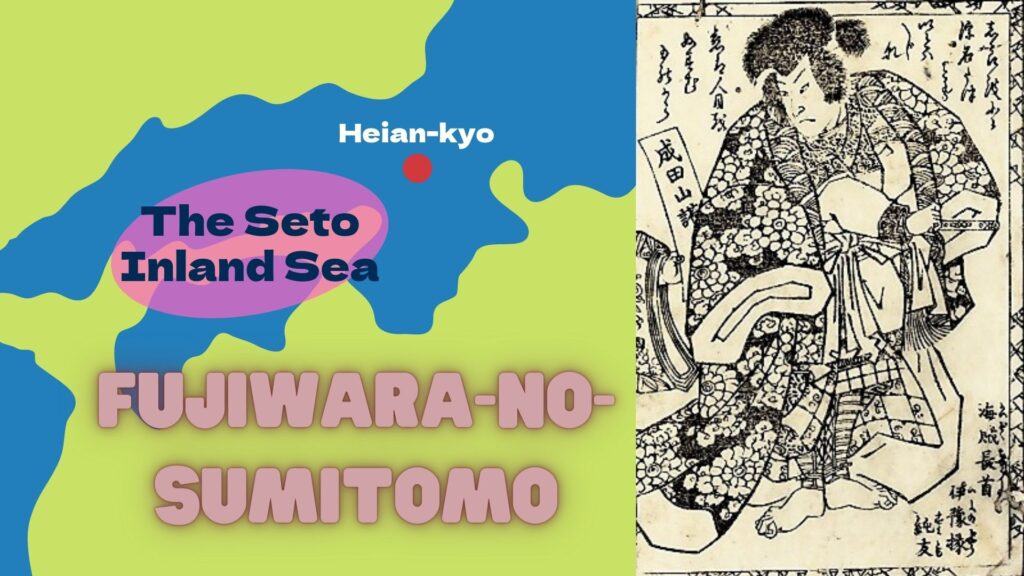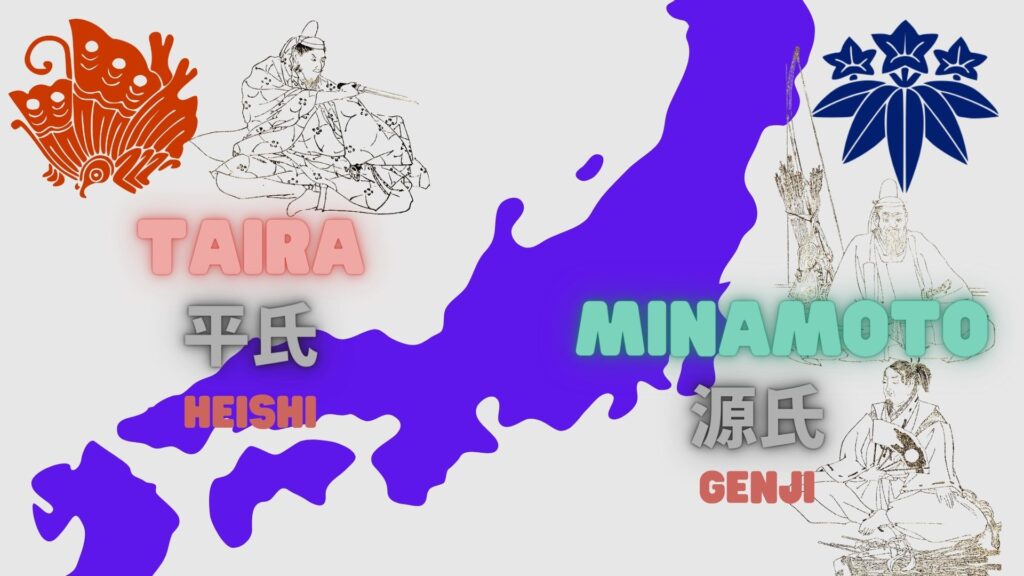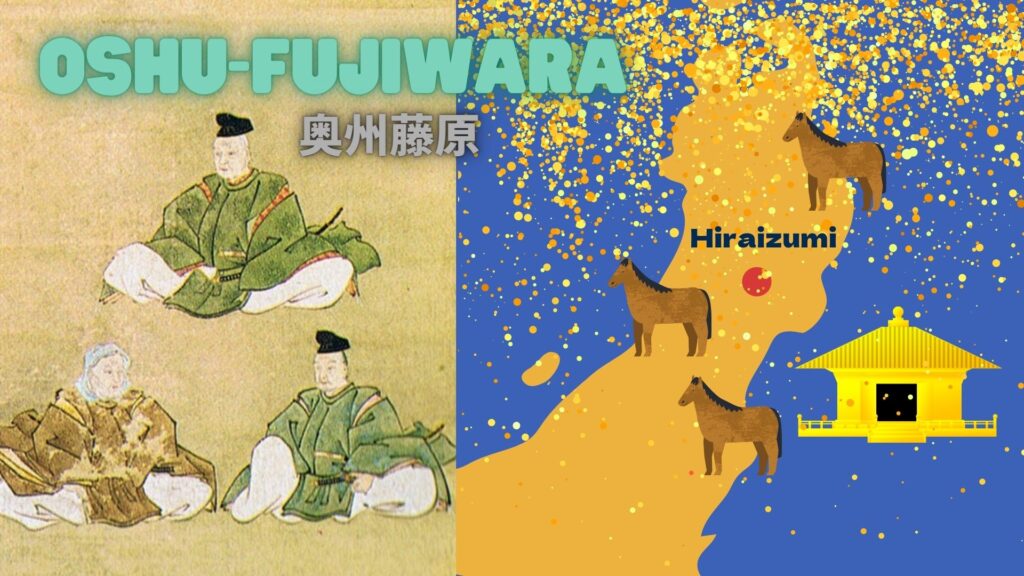Click here to go to the YouTube video

The topic of this time is the emergence of the samurai. How did the samurai gain power in the aristocrat-centered Heian period?

In the 10th century, as the Ritsuryo system loosened, local politics changed. Provincial governors rode horses and armed themselves to collect taxes, and peasants and wealthy families also armed themselves to oppose them.

In the capital, the Imperial Court recruited low-ranking nobles and others as military officers and put them in charge of guarding the capital as samurai. In this way, warriors specializing in the martial arts were born, and gradually a group of warriors led by a master warlord was formed.

In 935, Taira-no-Masakado led a rebellion against the Imperial Court in the Kanto region. After conquering the Kanto region by force of arms, Masakado proclaimed himself the new emperor of this region. The Imperial Court finally quelled this rebellion using the power of the samurai warriors.

The head of the vanquished Masakado was brought to the capital and displayed on the riverbank. The head, however, is said to have flown back to the Kanto region, crying out for revenge. The head mound of Masakado was created to ease his spirit and it is still enshrined in the office building district of Otemachi in Tokyo’s Chiyoda Ward. It cannot be relocated because of the fear of Masakado’s curse, after an ill-fated attempt to move in the 20th century led to many accidents.

In 939, Fujiwara-no-Sumitomo led pirates in a rebellion in the Seto Inland Sea. Again, the Imperial Court suppressed the rebellion with the help of the samurai warriors. In this way, the samurai increased their influence.

Among the samurai warrior clans, the Taira clan who were the descendants of Emperor Kanmu, and the Minamoto clan who were the descendants of Emperor Seiwa, were the most powerful. The Taira expanded their power in western Japan and the Minamoto in the Kanto region.

In the Tohoku region, the Oshu Fujiwara clan mainly flourished in Hiraizumi after winning two wars. Hiraizumi prospered through the production and trade of gold and horses and left behind Buddhist temples such as the Chuson-Ji temple which is famous for Konjikido (Golden Hall) and the Motsu-Ji temple. Hiraizumi is now registered as a World Cultural Heritage site.

Samurai warriors acquired control of local lands by donating them as manors to aristocrats, temples and shrines in the capital. They built residences in the manors and strengthened their influence in the provinces.
Thank you for reading!




Comment